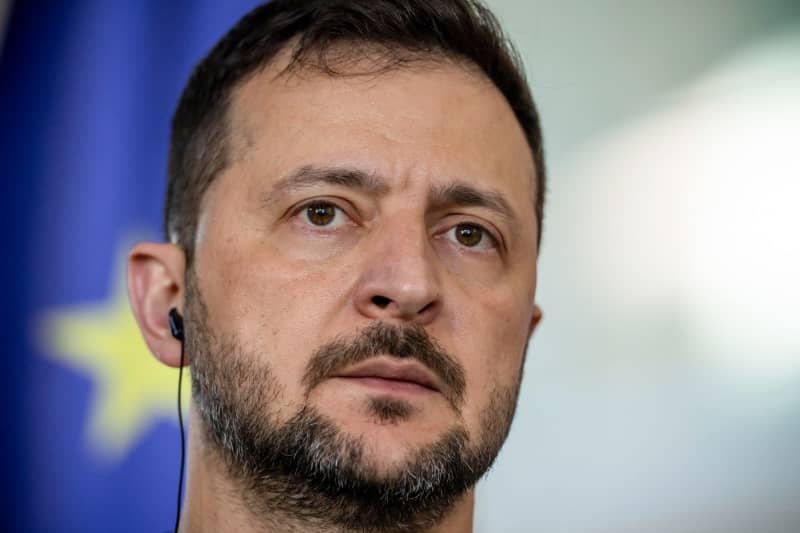As Ukraine braces for its third winter amid an ongoing war with Russia, the threat of further attacks on the country’s energy supply infrastructure looms large. President Volodymyr Zelensky has been proactive in addressing these challenges, convening representatives from various ministries and energy suppliers to devise strategies aimed at safeguarding critical infrastructure. In a recent communication via the Telegram platform, Zelensky outlined the comprehensive nature of these discussions, which encompassed not only technical protection measures but also considerations of electronic warfare and air defense systems. This approach signals a multi-faceted strategy to fortify Ukraine’s resilience against the anticipated Russian assaults on its energy framework.
A significant element of the protective measures discussed involves enhancing the capabilities of Ukraine’s Air Force and strengthening air defenses along the front lines and border regions. This tactical shift reflects the harsh realities faced during the previous two winters, where repeated Russian military offensives resulted in substantial damage to Ukraine’s energy resources. The government’s renewed focus on improving air defense intends to mitigate the risks posed by aerial attacks, which have historically targeted energy installations, leading to widespread power outages and impacting residential heating and water supply during the bitter winter months.
Moreover, the authorities are prioritizing rapid repair and recovery from any damages inflicted during these assaults. The discussions have emphasized the necessity of decentralizing energy suppliers, which would create a more adaptable and resilient energy network capable of withstanding future disruptions. By diversifying the sources and infrastructure associated with energy supply, Ukraine aims to ensure that even if certain facilities are struck, the overall energy provision can continue without catastrophic failures, thereby reducing the impact on its civilian population during essential winter months.
The toll on the Ukrainian populace during the past winters has been significant, faced with the loss of electricity and the resultant challenges in accessing heat and potable water. These conditions have intensified the humanitarian crisis stemming from the ongoing conflict, prompting a strong response from both the Ukrainian government and its international partners. In light of these challenges, Ukraine has received substantial foreign aid aimed at rebuilding its energy infrastructure and upgrading air-defense systems, which are vital for its survival in the face of persistent threats.
The international community has played a critical role in supporting Ukraine’s efforts to revitalize its energy networks, recognizing the need for both immediate assistance and long-term sustainability strategies. Aid has not only come in the form of financial resources but also through the provision of advanced technology and equipment that bolster Ukraine’s capabilities to respond to and recover from energy-related crises. As winter approaches, the cooperation between Ukraine and its allies becomes all the more crucial, ensuring that the country can navigate the season without succumbing to the vulnerabilities heightened by war.
In conclusion, as Ukraine enters another winter of conflict, the emphasis on energy infrastructure protection, repair readiness, and enhanced military defenses underscores the pressing need for resilience in the face of adversity. The comprehensive strategy outlined by President Zelensky reflects a determination to shield the Ukrainian public from the harsh consequences of war, while also fostering avenues for recovery and sustainability through foreign partnerships. With preparations underway, the hope is to not only withstand the immediacy of winter challenges but also to emerge from the war with a more robust and adaptable energy infrastructure that can serve the nation effectively, irrespective of the ongoing threats.

